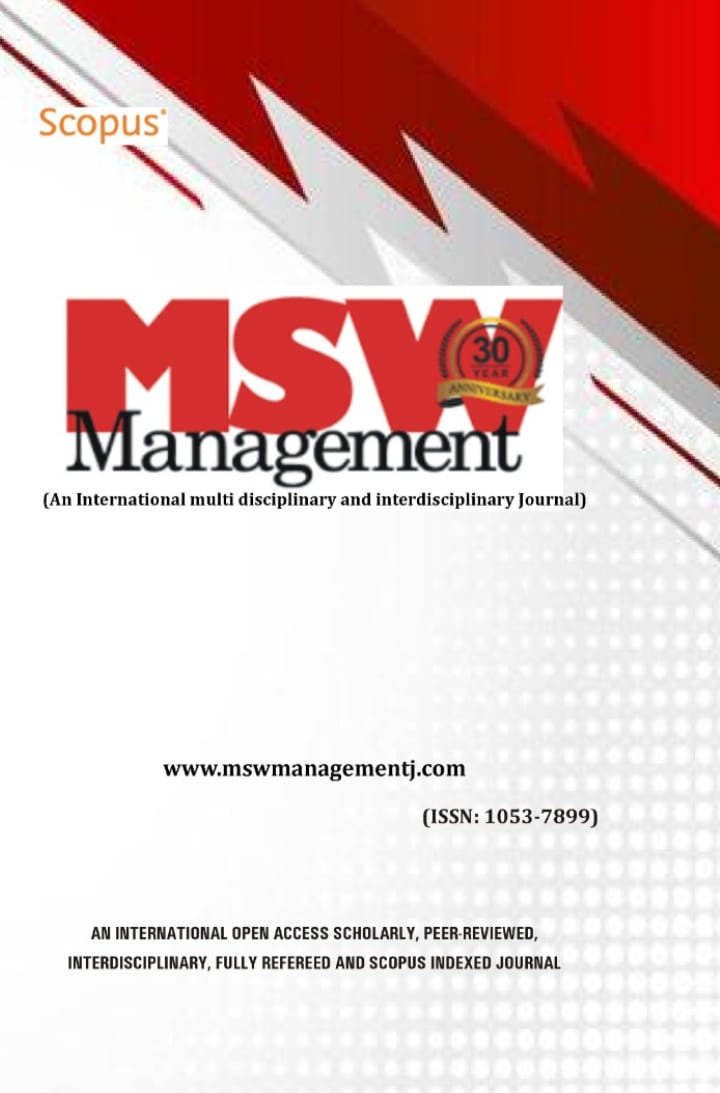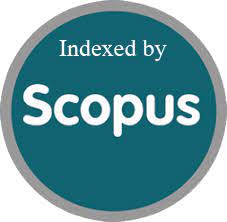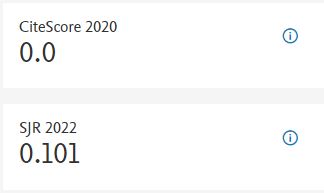Application of Holt's model to predict future maternal mortality in India
DOI:
https://doi.org/10.7492/9rtacv17Abstract
The technique this study established helps forecast data from Holt's method of double exponential smoothing (DES), which is used for univariate time series.Time series data on the maternal mortality rate (MMR) were obtained for this study from 2000 to 2020 (21 years). To determine the most accurate model for predicting future MMR in India, a specific model was used: Holt's model.The following predicting errors, namely mean absolute percentage error (MAPE), mean absolute deviation (MAD), and mean square deviation (MSD) were used as model selection criteria. This study shows the better performance and accuracy of the Holt model with the lowest values of MAPE = 6.172, MAD = 13.164, MSD = 244.499.Holt's model predicted India's MMR for the next 10 years. The data shows that the MMR in India will decrease in the next 10 years, from 2000 to 2030.The analysis's conclusions can help develop evidence-based plans for lowering maternal death rates and enhancing systems for maternity healthcare.

















